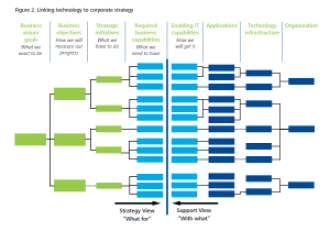
As we consider the interplay between innovation, business models and change, it becomes clear that many companies have a definition of innovation that’s far too narrow.
Increasingly we need to rethink the scope, depth and breadth of innovation possibilities, as well as the secondary implications of innovation.
Ignoring this broader definition of innovation means we can never achieve all of the possible benefits innovation has in store.
We believe ignoring the breadth and depth of innovation can also allow competitors and new entrants to disrupt your position or industry.
Fortunately, some of these definitions have been created for us.
Our responsibility is to understand the definitions and their implications, not stay constrained but seek and explore the broader options this can provide.








